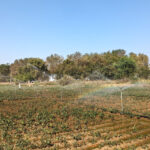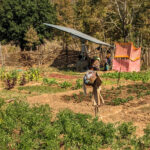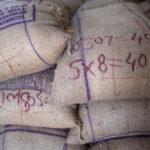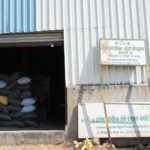Author: Pallavi Rajkhowa

Building Climate-Resilient Agriculture with Community-Owned Solar Irrigation
The agricultural sector accounts for approximately 14% of India’s total greenhouse gas emissions, with 17.5% contributed by rice-based agricultural systems. Mitigation efforts have therefore prioritized two major themes: reducing the area under water-intensive paddy cultivation and lowering dependency on diesel…

Key Takeaways from a Workshop on Climate-Resilient Agriculture in Chhattisgarh
As climate change advances, India’s rice-and-wheat-heavy agricultural sector is at risk of weakened production because of temperature changes and more frequent extreme weather events, like droughts. In an effort to make Indian agriculture more climate-resilient, the Tata-Cornell Institute for Agriculture…

Diversifying Farming in Chhattisgarh: What We Know About Agriculture in the State
Rice is a cornerstone of Indian diets, where policies linked to the Green Revolution have helped it and wheat achieve dominance in cropping systems. But methane emissions from rice cultivation play a significant role in exacerbating climate change, and it…

How Soybean FPOs Can Use Futures Contracts to Manage Risk
Price volatility affects all members of the agricultural value chain, but smallholder farmers in developing countries are particularly vulnerable to adverse prices. In general, price hedging mechanisms for smallholder farmers are limited and, in many cases, not used. With appropriate…

Soybean Value Chains and Market Efficiency: Lessons from a Field Visit to FPOs in Latur
In a recent visit to Latur, a district in Maharashtra, India, we gained an understanding of the marketing channels and infrastructure available for local soybean producers. In India, Latur is a significant agricultural hub for soybean cultivation, with the second-highest…

